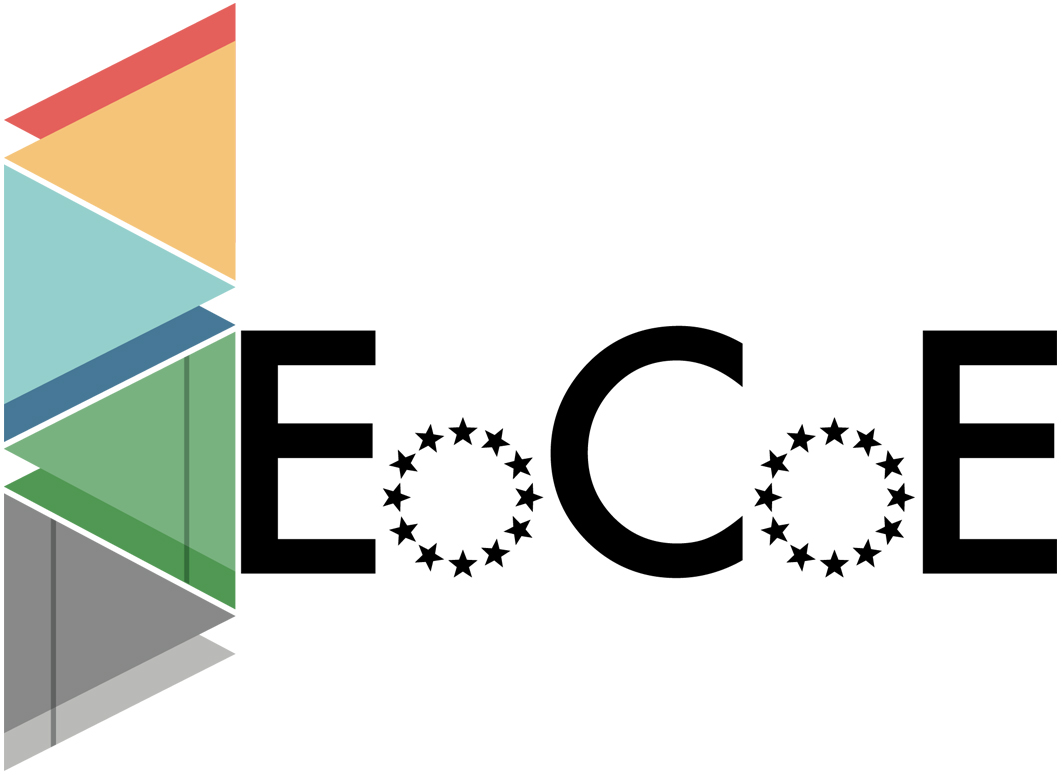Code of the Month vol. 10 – Alya-wind by Herbert Owen (BSC)
September 18, from 11.00 to 12.00.
Herbert Owen, senior researcher at the Barcelona Supercomputing Center is the speaker of the webinar that is part of CASTIEL partners’ Code of the month series, on which the Alya-Wind code has been presented: a high-performance computational mechanics finite element code that solves complex coupled multi-physics BSC problems, mostly from the engineering realm.
Alya uses a Fractional Step scheme to solve the incompressible Navier Stokes equations. A Runge Kutta explicit time discretization is used for temporal discretization.
Alya has been used by Iberdrola for wind resource assessment for more than ten years. Alya is a relatively mature code that is used in several CoEs. Moreover, it is part of the Unified European Applications Benchmark Suite for CPU and GPU. It has been tested on most European Supercomputers with scalability results up to more than 100.000 cores.
During EoCoE-II, in collaboration with the FAU node-level optimization team, Alya’s GPU implementation has been significantly optimized. Moreover, excellent weak scalability has been obtained using the Algebraic Multigrid solve PSCToolkit up to 16000 million elements. During the last two years, the Large Scale Computational Fluid Dynamics group at BSC has been developing a new high-order spectral element code, named SOD2D. The use of high-order elements has provided superior accuracy which is critical for scale-resolving simulation. The code is fully open source and has opened the way to new wind energy collaborations with Ocean Winds, a joint venture between EDP and Engie.
The Large Scale Computational Fluid Dynamics group at BSC has a strong interest in collaboration with real-world users. While this talk focused mainly on wind applications, examples from other fields such as automotive and aircraft aerodynamics, where BSC has collaborated with SEAT and Airbus, has also been presented.
